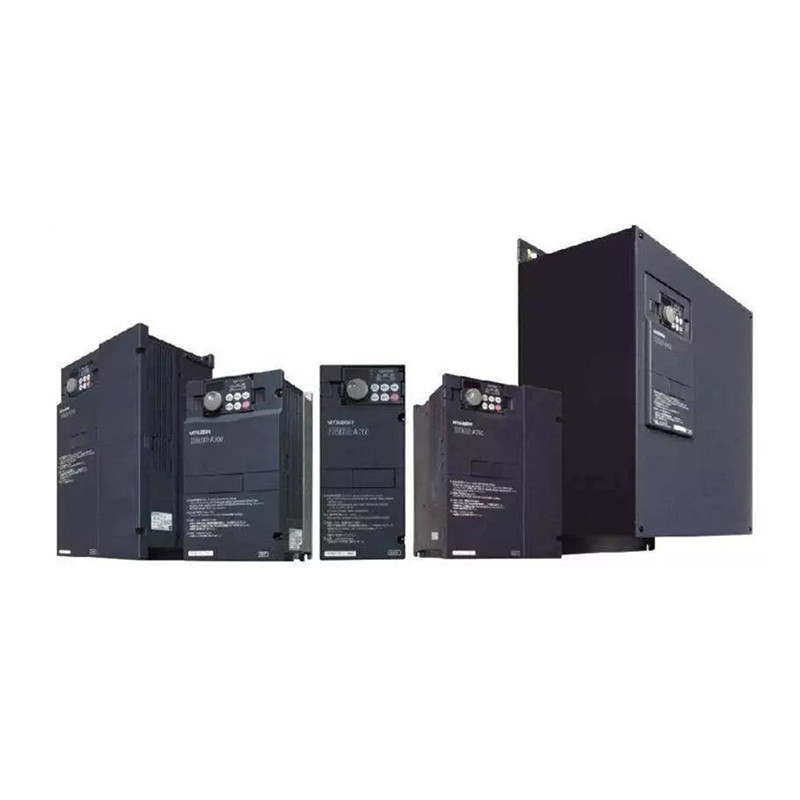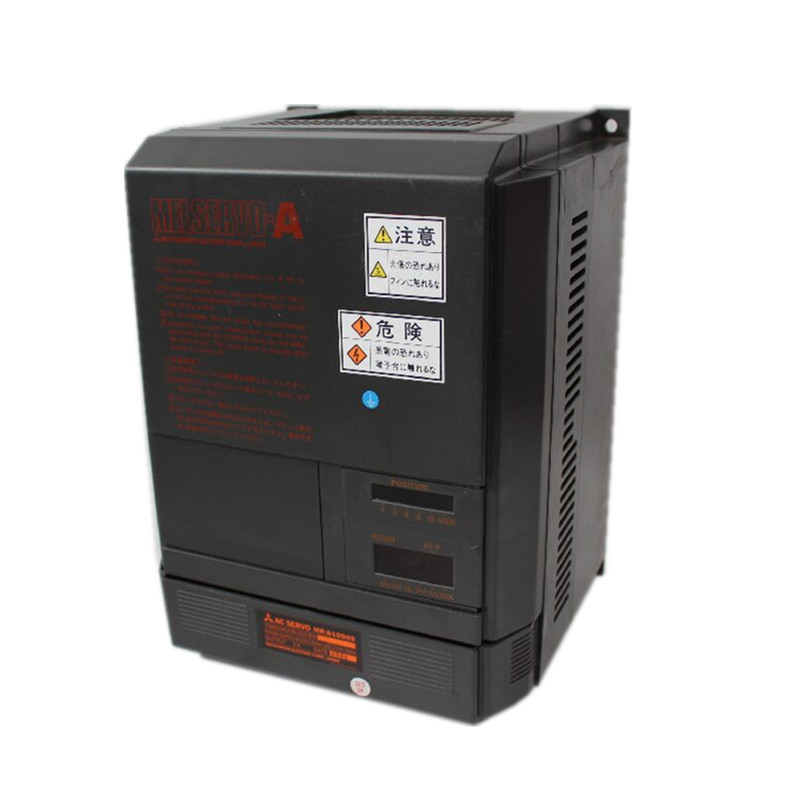
Search
Overload is one of the frequent faults in Mitsubishi Inverter tripping. Overload faults include Mitsubishi variable frequency overload and motor overload, which may be caused by factors such as short acceleration time, excessive DC braking, low grid voltage, and excessive load. Generally, it can be solved by extending the acceleration time, extending the starting time, and checking the voltage of the power grid. When you see overload, you should first analyze whether it is the motor overload or the Mitsubishi Inverter itself overload. Generally speaking, due to the strong overload capacity of electric motors, as long as the motor parameters in the Mitsubishi Inverter parameter table are set properly, overload is generally not likely to occur. The Mitsubishi Inverter itself is prone to overload alarms due to its poor overload capacity. We can detect the output voltage and current detection circuits of Mitsubishi Inverters to eliminate faults one by one.

The main causes of overload in Mitsubishi Inverters:
1. The main characteristic of excessive mechanical load is the heating of the motor, which can be detected by reading the operating current on the display screen.
2. The unbalanced three-phase voltage causes the running current of a phase to be too large, which leads to overload tripping. Its feature is that the motor is heating unevenly, and it may not be found when reading the running current from the display screen (because the display screen only shows one phase current).
3. The current detection part inside the Mitsubishi Inverter that malfunctioned has malfunctioned, resulting in a large detected current signal and tripping.

Mitsubishi MR-A-2000S Inverter
Troubleshooting Methods for Overloading Mitsubishi Inverters
1. Check if the motor is heating up
If the temperature rise of the motor is not high, first check whether the electronic thermal protection function of the Mitsubishi Inverter is preset reasonably. If there is still margin for the Mitsubishi Inverter, the preset value should be relaxed; If the allowable current of Mitsubishi Inverter is no longer sufficient and cannot be further relaxed, and according to the production process, the overload that occurs belongs to normal overload, it indicates that the selection of Mitsubishi Inverter is inappropriate. The capacity of Mitsubishi Inverter should be increased and replaced. This is because when the motor is dragging a variable load or intermittent load, as long as the temperature rise does not exceed the rated value, it is allowed to overload for a short period of time (several minutes or dozens of minutes), while Mitsubishi Inverters do not allow it. If the temperature rise of the motor is too high, and the overload that occurs belongs to normal overload, it indicates that the motor is overloaded. At this point, the first consideration should be whether the transmission ratio can be appropriately increased to reduce the load on the motor shaft. If possible, increase the transmission ratio; If the transmission ratio cannot be increased, the capacity of the motor should be increased.
2. Check whether the three-phase voltage at the motor side is balanced
If the three-phase voltage at the motor side is unbalanced, check whether the three-phase voltage at the output end of the Mitsubishi Inverter is balanced again. If it is also unbalanced, the problem is inside the Mitsubishi Inverter. Check the inverter module and its drive circuit of the Mitsubishi Inverter.
If the voltage at the output end of the Mitsubishi Inverter is balanced, the problem lies in the wiring from the Mitsubishi Inverter to the motor. It is necessary to check whether all screws at the terminals have been tightened. If there are contactors or other electrical appliances between the Mitsubishi Inverter and the motor, it is also necessary to check whether the wiring terminals of the relevant appliances are tightened and whether the contact conditions of the contacts are good.
If the three-phase voltage at the motor side is balanced, the operating frequency at the time of tripping shall be understood: if the operating frequency is low and vector control (or no vector control) is not used, the U/F ratio shall be reduced first; If the load can still be driven after reduction, it indicates that the previously preset U/F ratio is too high, and the peak value of the excitation current is too high. The current can be reduced by reducing the U/F ratio; If the load cannot be carried after reduction, it should be considered to increase the capacity of the Inverter; If the Inverter has vector control function, vector control should be adopted.

Mitsubishi MR-A-1000S Inverter
3. Check if Mitsubishi Inverter malfunctions
When the cause is not found after the above inspection, it should be checked for any malfunction. The judgment method is to measure the output current of Mitsubishi Inverter with a Ammeter under light load or no load and compare it with the operating current value displayed on the display screen. If the current reading displayed on the display screen is much larger than the actual measured current, it means that the current measurement error inside the Mitsubishi Inverter is large, and the "overload" tripping may be a misoperation.
Unleash the power of industrial automation with Rockss Automation, the leading provider of a diverse range of variable frequency drives, drivers, motors, and more. With our extensive inventory and dedicated repair team, we are your one-stop solution for all your industrial automation needs.